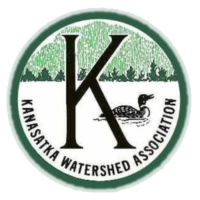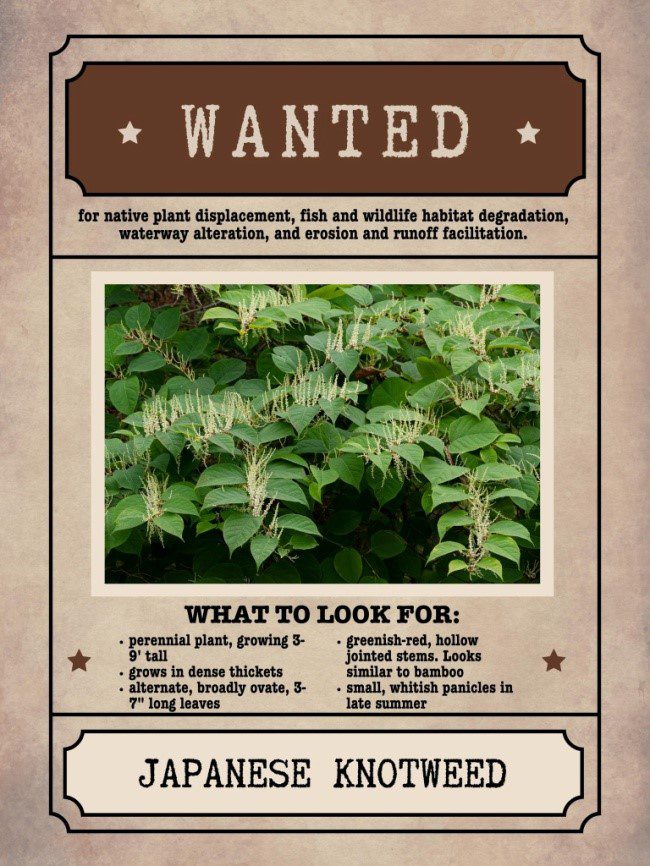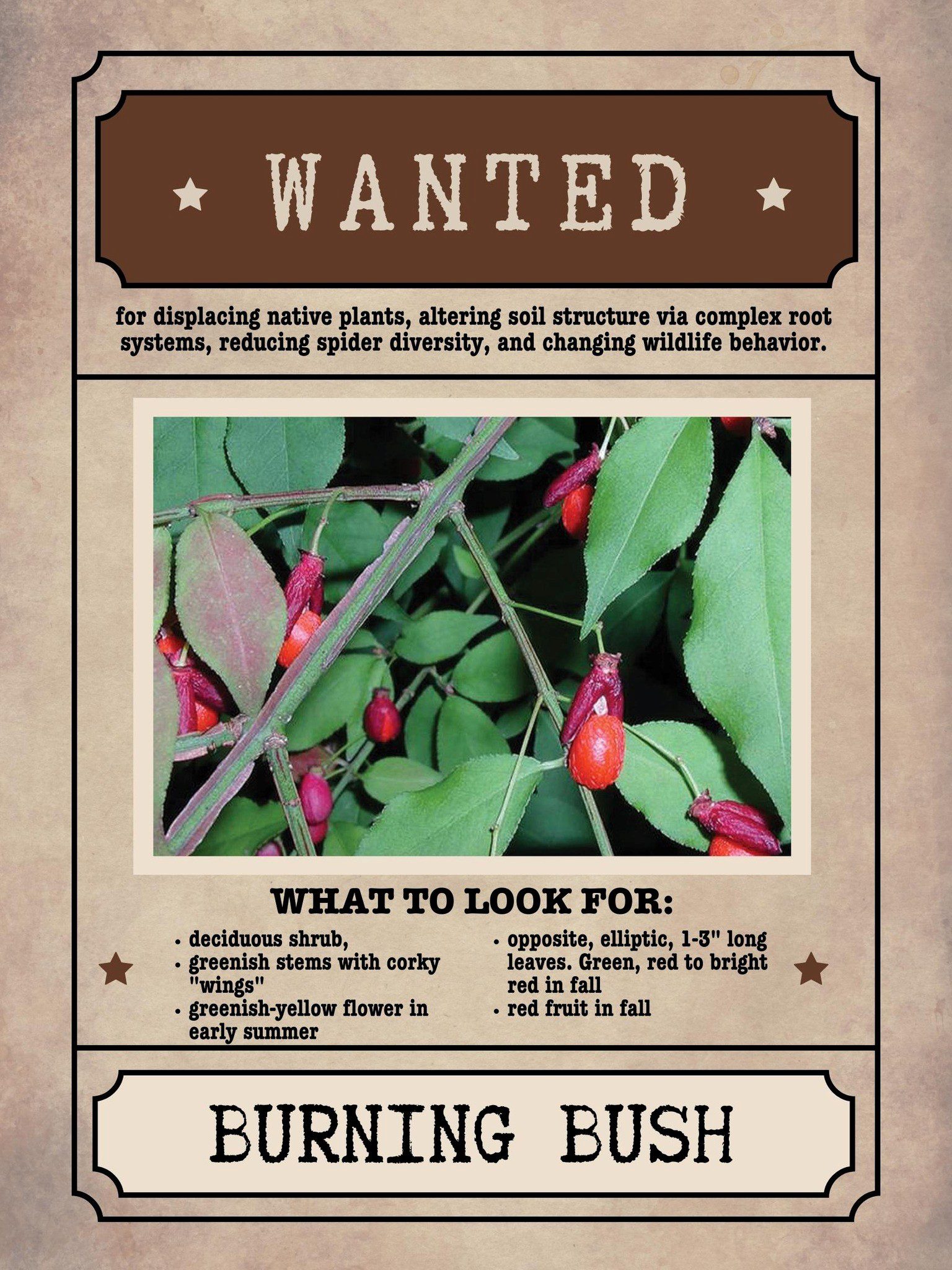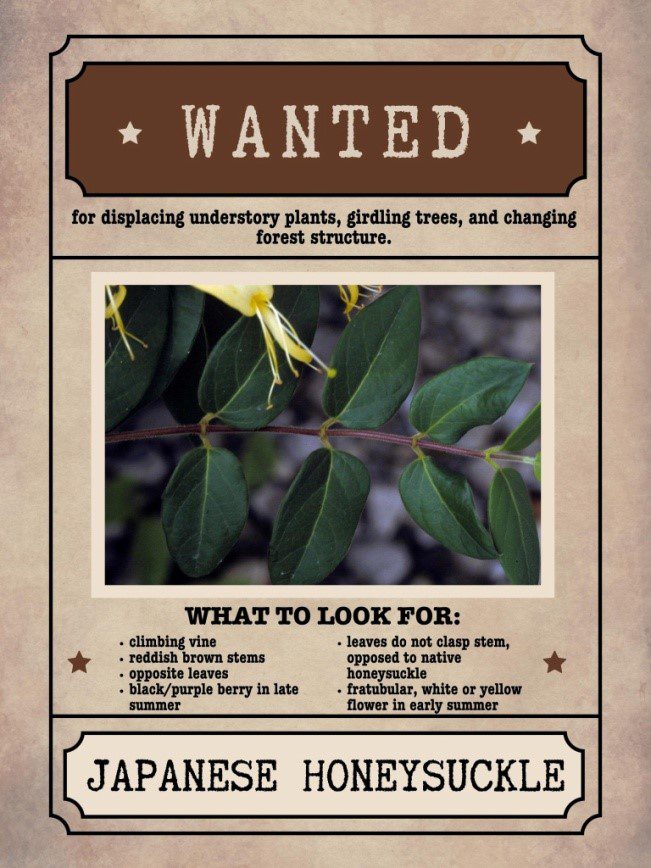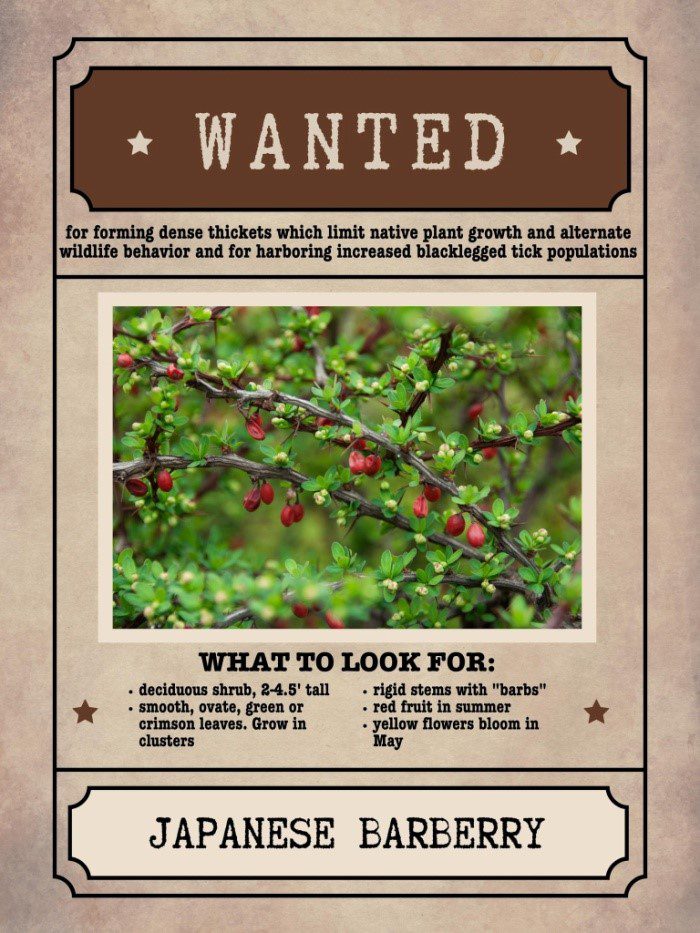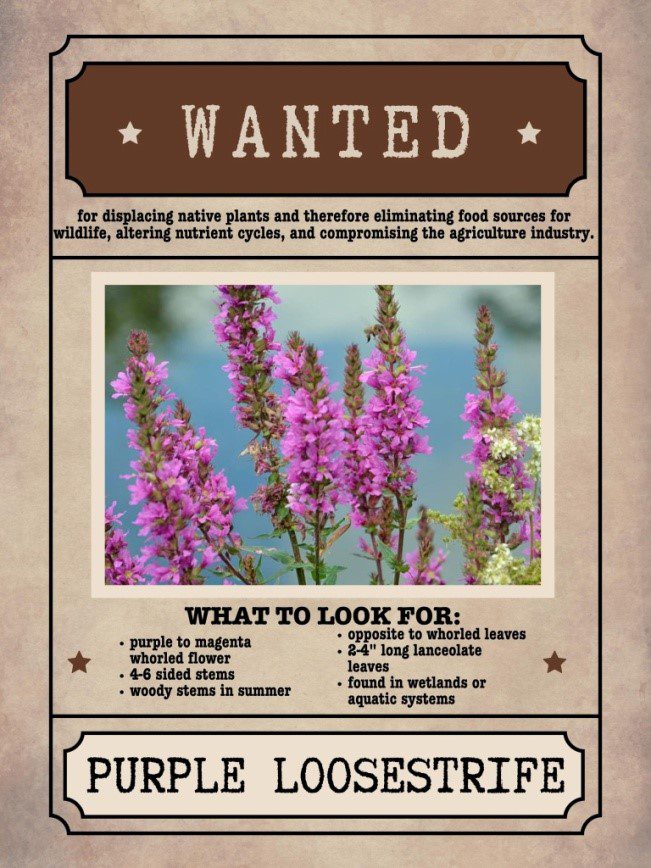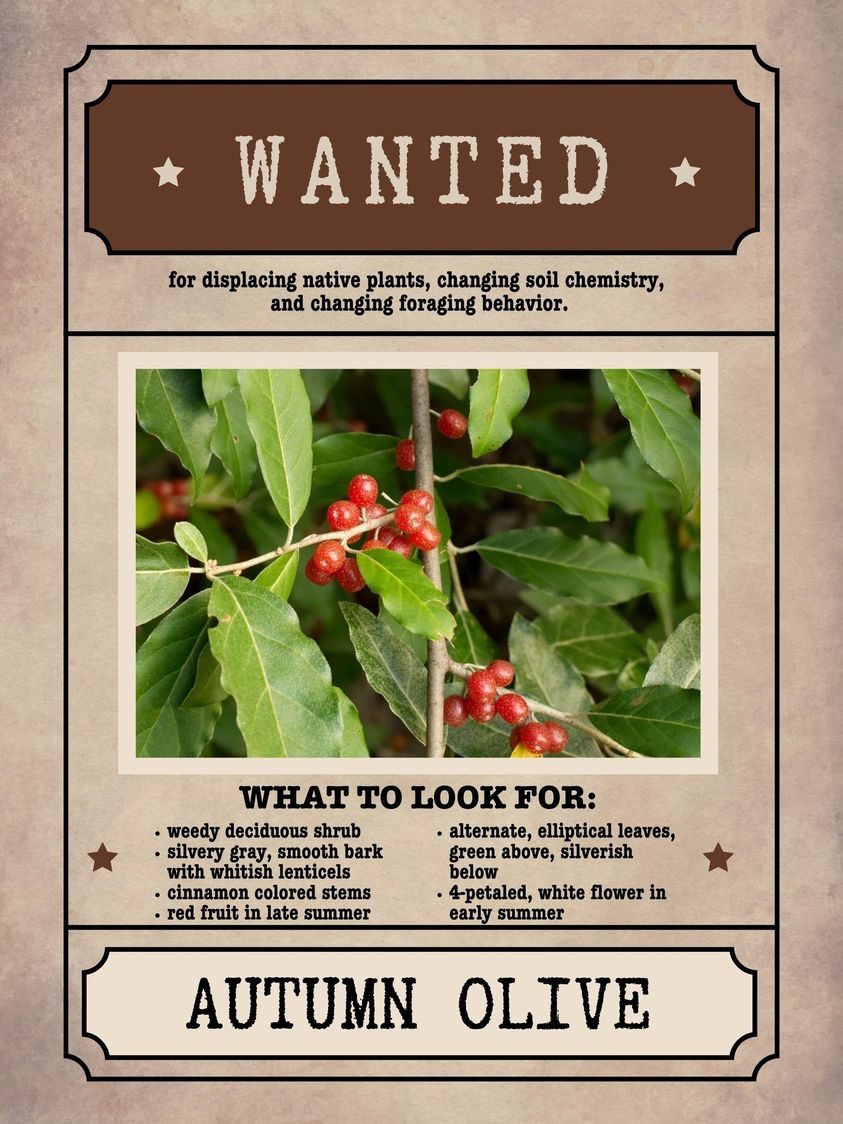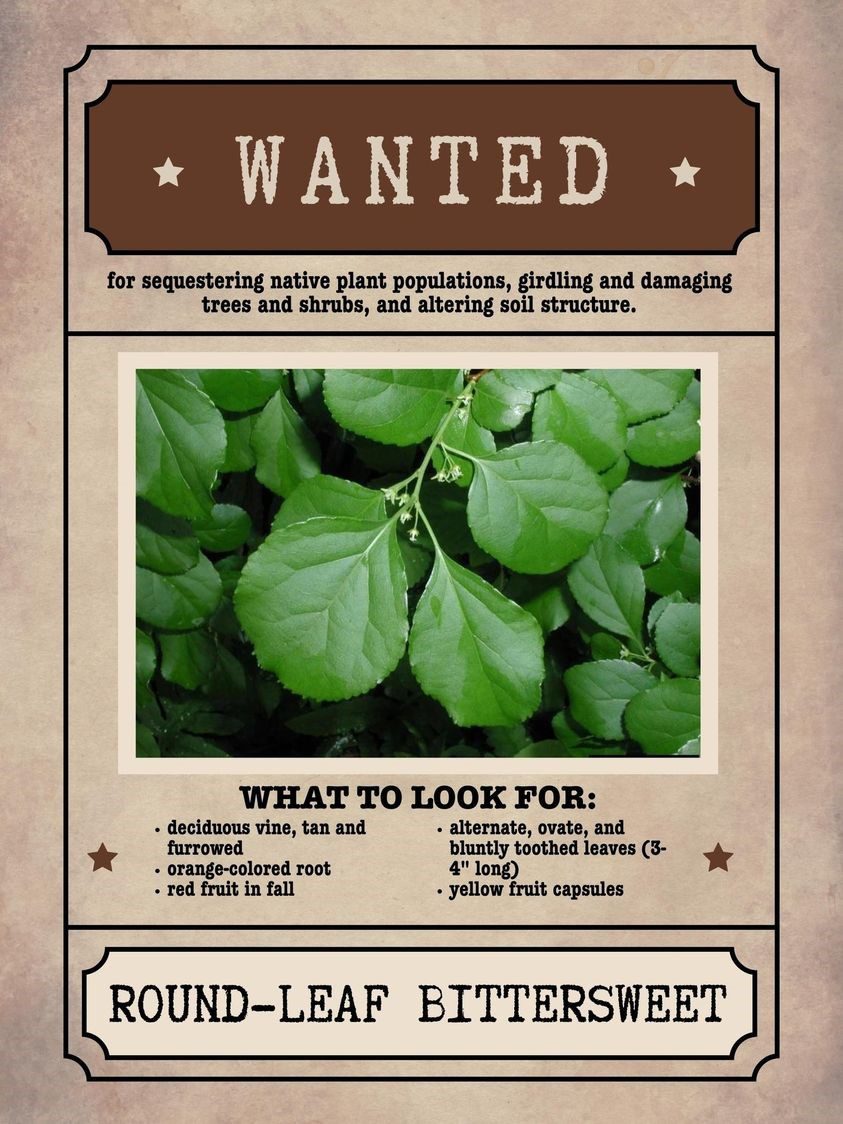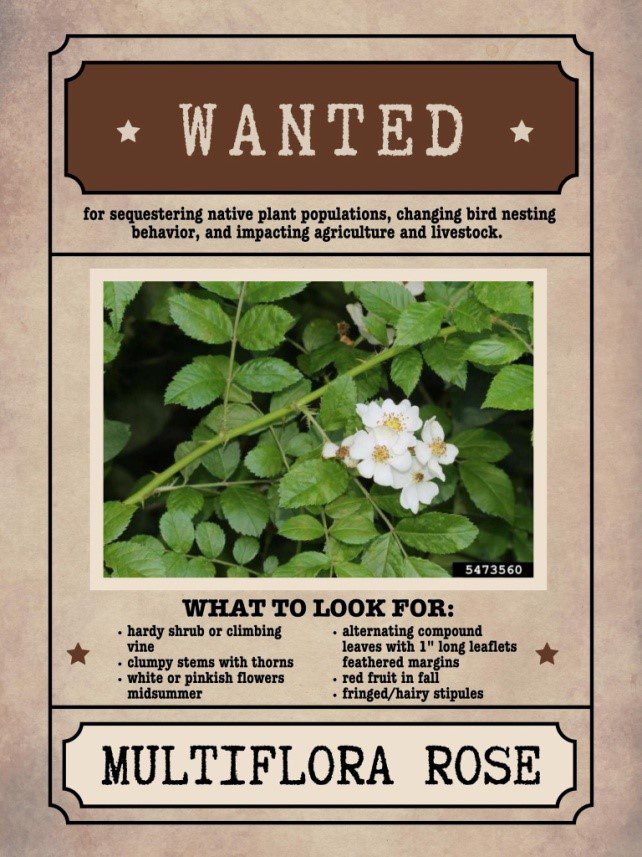According to most native plant experts, a native plant may be aggressive in certain settings, but cannot be labeled as invasive. Only non-native plants can be invasive. Many non-natives can be benign, or become invasive only when the local growing conditions are just right. But some are rampant spreaders no matter where they are. Birds and other animals can spread the berries and seeds great distances. As many as 50% of invasive plants get their start as garden ornamentals that are indigenous to other areas of the world where there are natural limitations to their spread. Years ago we didn’t know better, but now we can see how many of these ornamentals have escaped beyond the borders of our gardens and yards into the wild where they can spread unchecked and out-compete our native plants. In addition, as the climate warms, plants sold as ornamentals in slightly warmer climates can easily become invasive here in New Hampshire.
To be safe, do your homework before purchasing plants and try to buy plants that are native to this region. You can’t rely on the horticultural industry to guide you—they will sell whatever we will buy (unless legally banned) and market what is pretty and appealing. We need to fill our yards with plants that are native, tough, and adapted to our regional conditions.
- What Are Invasive Plants?—Grow Native Massachusetts
- New Hampshire Comprehensive Invasive Plant List (2023)
- Invasive Plants– New Hampshire Department of Agriculture, Markets and Food
- 10 Tough New Native Shrub Alternatives for Barberry and Burning Bush–University of Connecticut College of Agriculture and Natural Resources
- Rugged Plants for Replanting After Invasive Species Removal—Wild Seed Project
- Do Not Sell! Ornamental Invasive Plants to Avoid With Climate Change—Northeast Regional Invasive Species and Climate Change Management
- “Study Finds Plant Nurseries are Exacerbating the Climate-Driven Spread of 80% of Invasive Species”—University of Massachusetts
- Managing Invasive Plants: Methods to Minimize Shoreland Invasive Species—Vermont Department of Environmental Conservation
A Rogue’s Gallery of Invasive Plants
Despite our best efforts to prevent invasive plants from getting a stronghold, they will find their way into our yards. It is important to learn what the most likely invasive plants look like and to regularly scout your yard for things that should be removed. It is much easier to pull invasives out when they are little!
- UNH Extension Spotlight on Invasive Plants
- US Department of Agriculture National Invasive Species Information Center
- New Hampshire Invasive Species Fact Sheets
The following individual plants are among the worst invasive plants in the Lake Kanasatka area and they are well worth removing if you can. Click through to the fact sheets or search online for the best removal methods, which can differ by plant.
Oriental Bittersweet Fact Sheet
A chilling report from England on the long battle with Japanese Knotweed, “The Alien Shrub that Cannot be Stopped.” There is knotweed growing in many spots along Rte. 25 in Moultonborough and Center Harbor and along the shoulder of Bean Road not too far from Kanasatka Road–certainly close enough for it to spread to our yards around Lake Kanasatka.
